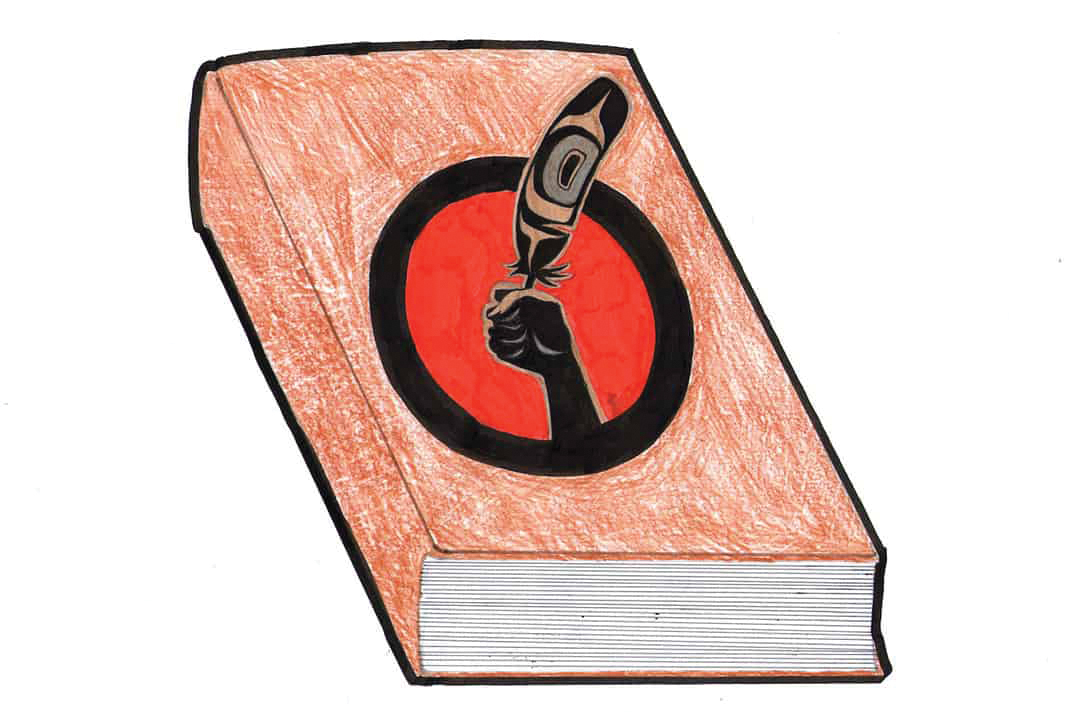Content warning: This article mentions abuses committed as part of the residential school system.
In 2021, the discovery of unmarked graves at former residential schools shone a light on the pattern of mistreatment, abuse, and murder within the residential school system that had been enabled by the Canadian government and other institutions. With more potential unmarked graves being found within the past couple of weeks in British Columbia, institutions such as the University of Toronto must continue to be questioned and held accountable for their compliance in the continued discrimination against Indigenous peoples.
On September 30, 2021 — National Day for Truth and Reconciliation — U of T President Meric Gertler announced that the University of Toronto will continue to work toward creating a safe space and increasing the presence of Indigenous staff, students, faculty, and librarians.
There have still been many shortcomings in the university’s behaviour — including difficulties in tracking the progress of U of T’s Truth and Reconciliation efforts.
Truth and Reconciliation on campus
At U of T, various faculties and colleges have made positive steps toward Truth and Reconciliation through the development of courses, events, and opportunities that support Indigenous members of the community. By creating safer spaces that incorporate the needs of Indigenous peoples, the university can move forward in reconciliation.
The Dalla Lana School of Public Health has committed to providing access to Indigenous content, integrating Indigenous values in the curriculum, developing policies that enable smudging, offering cultural safety training for learners, and annually reviewing its progress. Moreover, the school has worked with researchers and leaders from the Waakebiness-Bryce Institute for Indigenous Health to develop a series of events honouring National Truth and Reconciliation Day.
In business, Rotman Commerce is working with Fred VanVleet — a Toronto Raptors basketball player — to provide a scholarship to students who are Black or Indigenous.
At the same time, St. Michael’s College is offering a course for first-year students called SMC185H1F — SMC One: the Christianity, Truth and Reconciliation Seminar. This course educates students on the role of Canadian churches in the residential school system through seminar discussions, guest speakers, and experiential learning.
Developing courses such as this on campus can provide students with the opportunity to understand the deep-rooted impact of the residential school system and other institutional laws on Indigenous communities across Canada. More importantly, such courses may give students an understanding of the problems Indigenous communities currently face. It is the responsibility of all students and faculty members to learn about these injustices.
At the Faculty of Law, students are helping with the Indigenous Human Rights podcast, which is produced by Pro Bono Students Canada’s Indigenous Human Rights Program. This podcast can better educate law students on the trauma that exists within the Indigenous communities and how Indigenous lawyers and lawyers educated in Indigenous history can make positive changes in the legal system.
What makes these actions across campus valuable is that they demonstrate the change that needs to come about by recognizing and respecting the needs of Indigenous community members at the university. Yet, despite all the positive changes made on campus, the problems they are meant to address have not been solved.
The next steps
To better understand the improvements and progress it is making, U of T has decided to implement a website similar to the one it created to track anti-Black racism, to monitor progress over the university.
In addition to that website, the university should consider tracking individual faculties and colleges. STEM fields, for example, are already difficult for visible minority and Indigenous students to break into. Tracking improvements within specific programs can be done by looking at the number of Indigenous students attending each program; tracking the events the program conducts; and administering various surveys to understand how Indigenous students, faculty, and members of the university may feel and what can be done for them.
Setting up better measures to quantify improvements can lay out what the university is missing and what it needs to improve upon.
As the university enters 2022, it is crucial that it takes the time to acknowledge the gaps and shortcomings of its system in order to make progress on Truth and Reconciliation with the Indigenous communities. As U of T students, we must take a moment to reflect on what we can do to secure long-term reconciliation with the Indigenous communities. It is also important for us to keep track of what the university is doing and what they can do to better the experiences of Indigenous students, staff, faculty, and librarians alike.
Jasmin Akbari is a second-year industrial relations and human resources, digital humanities, and writing & rhetoric student at Woodsworth College.


